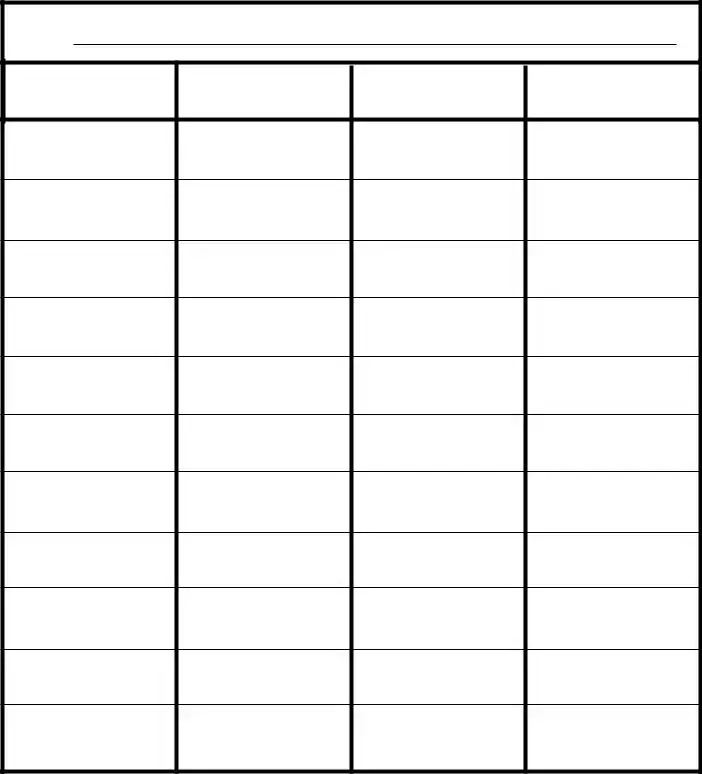The Four Column Chart form serves as a versatile tool for organizing and presenting information in a clear and structured manner. This form includes spaces for a name and date, ensuring that the user can easily identify the document's creator and its relevance over time. Users will find four distinct columns that can be customized with headings tailored to their specific needs. This flexibility allows for the categorization of various types of information, making it easier to analyze and compare data. Each column can be filled with relevant details, providing a comprehensive overview of the chosen topic. In this case, the Mifflin Company serves as an example of how the form can be applied, demonstrating its practical use in real-world scenarios. The form is protected under copyright, ensuring that the content remains exclusive to its creators and users. Overall, the Four Column Chart form is an effective solution for anyone looking to organize information efficiently.

